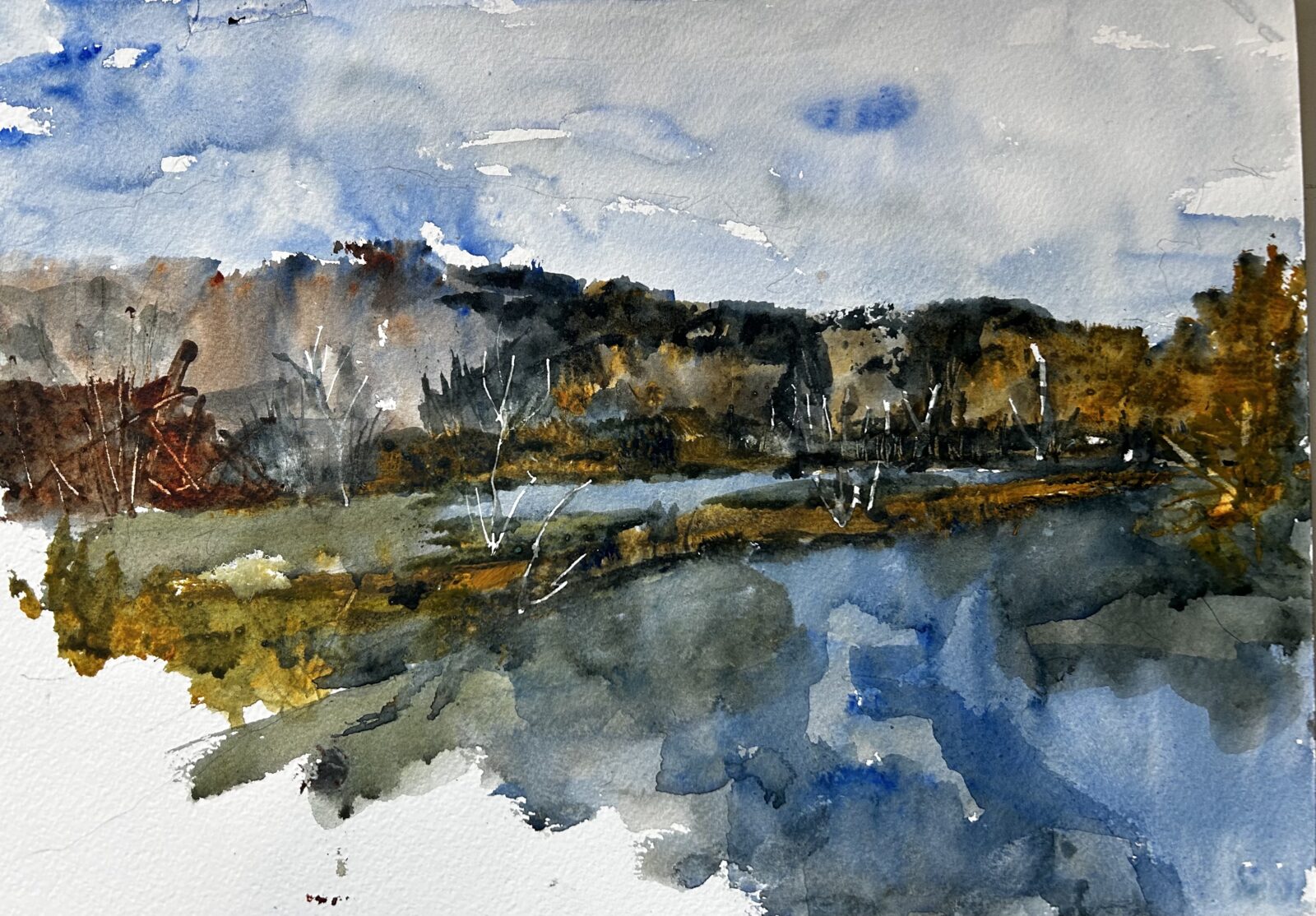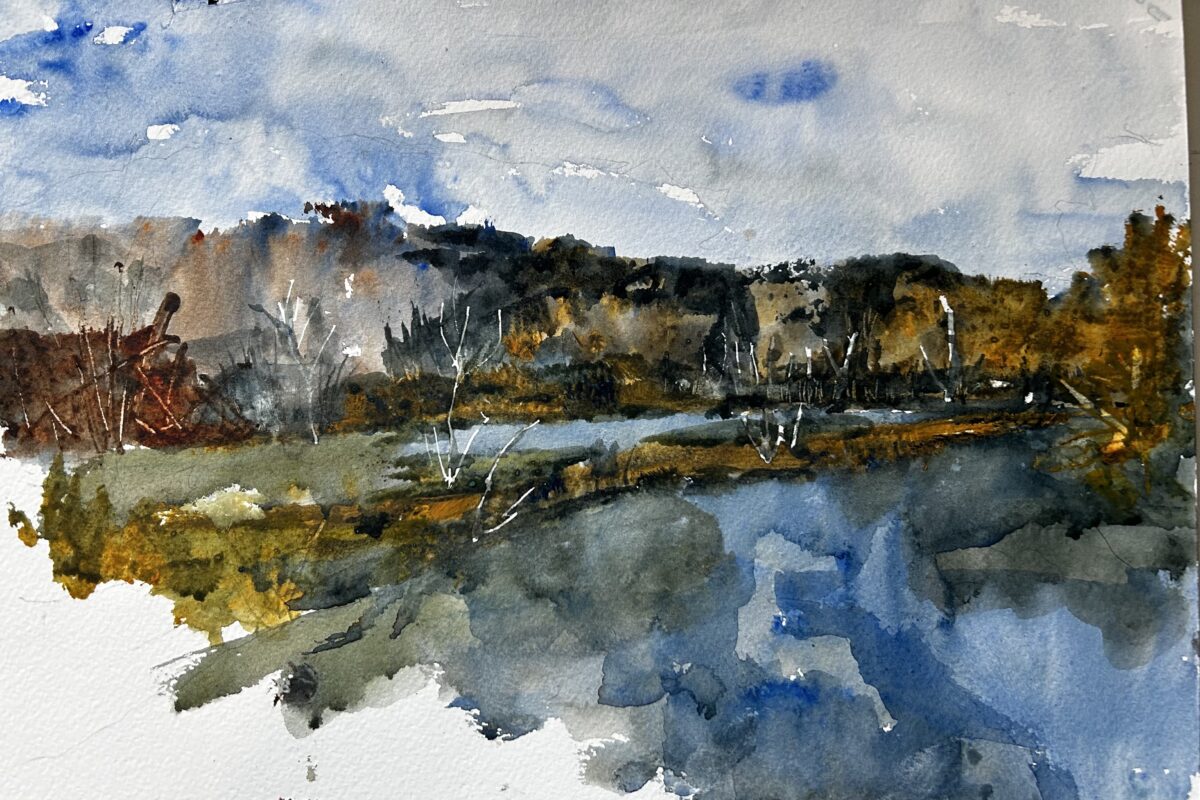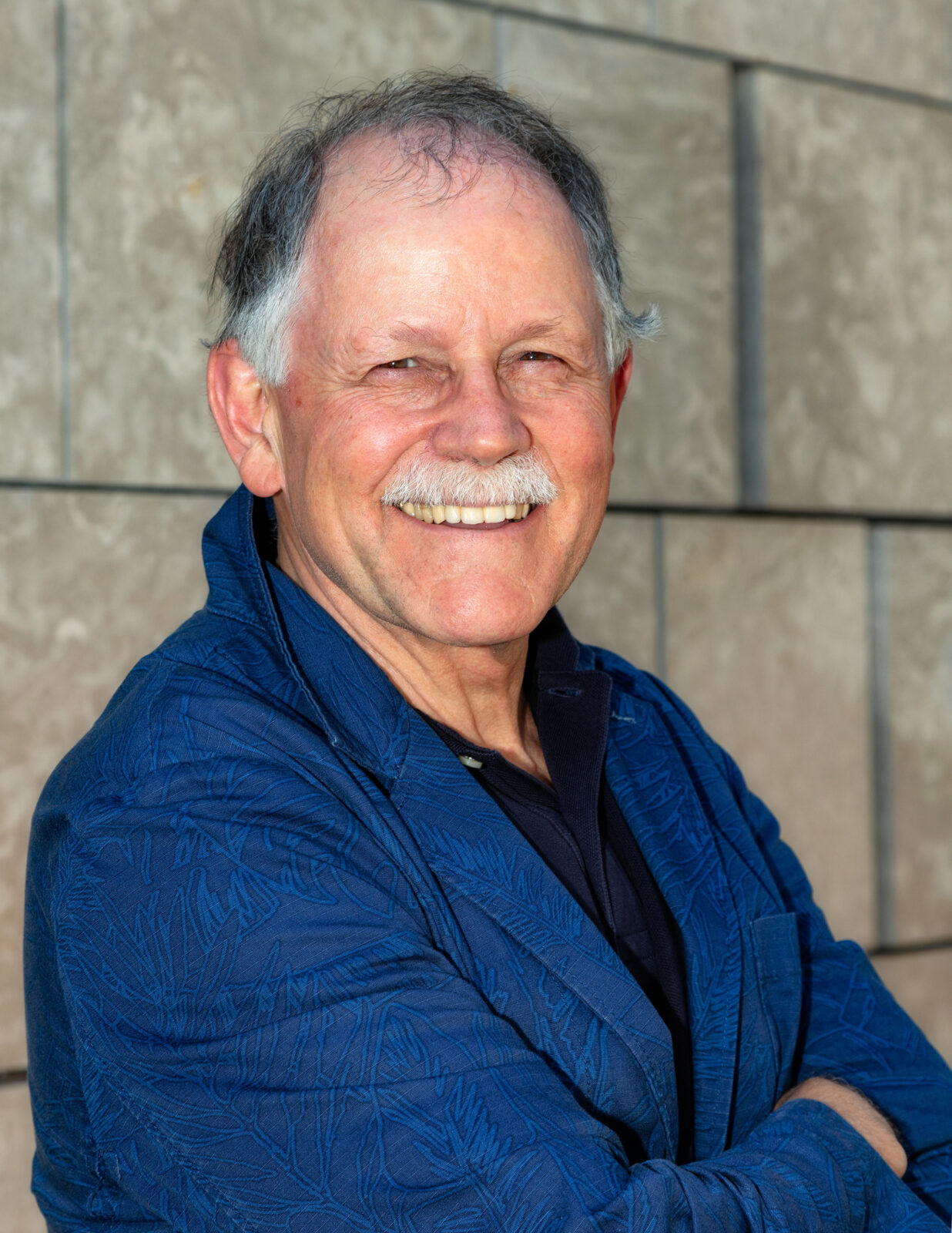Watercolor Primer for All: Beginners & Seasoned Painters Welcome

Registration
$425.00
Please log in or create an account to register.

Timothy James Standring
Monday to Friday, September 16 – September 20, 2024
10:00am – 4:00pm
With wit and whimsy, filled with a passionate knowledge of the history of watercolor painting, Dr. Standring will hold your attention during this five-day workshop in which you’ll cover all the basics. Fundamentally, you’ll learn with hands-on exercises that watercolor techniques are closely aligned with paper surfaces, brushes, and even the pigments themselves. All of these have interesting properties that lend to the final painting.
You’ll watch demonstrations of painting techniques and experiment with cold and hot press papers, natural and artificial brushes, different brands of watercolor pigments, learn about stretching paper, and set up your portable kit for painting on site while traveling for pleasure or for work. And most of all, you’ll learn how to discern what constitutes a true watercolor painting and you’ll acquire the tools to continue experimenting with watercolor painting for a lifetime!
A review of what students might bring:
- Watercolor pad (Recommended: 9 x 12 inches, Chanson XL). Watercolor blocks are more expensive if your budget can afford them: [9 x 12 Saunders Waterford White (20 sheets), or Fabriano 20 sheets—both 140 lb—or panoramic size, for example by Sennelier, 9 x 4 inches]
- Watercolor pigment kits with ‘half-pans’ from Schmincke [Horadam Aquarelle]; Sennelier, Windsor Newton, QOR are acceptable, but I recommend working from small 5.ml tubes rather than the half pans. If purchasing tubes, my pigment recommendations are: Neutral Tint, Cobalt Turquoise, Lavender, Cobalt Blue, Ultramarine (or French Ultramarine), Windsor Violet (WN), Permanent Alizarin Crimson, Cadmium Red, Cadmium Orange, Burnt Sienna, Burnt Umber, Raw Umber, Yellow Ochre, and Cadmium Yellow, Lemon Yellow, Ivory Black, and Titanium White. You needn’t purchase all from only one manufacturer.
- Watercolor brushes: flats and rounds (recommended synthetic brands: Silver Black Velvet brand is my current favorite; da Vinci Casaneo, Princeton Aqua Elite, Princeton Velvet touch, Raphael Precision, rounds, sizes 8 to 14, perhaps even a smaller one, but sizes vary according to manufacturers; an inexpensive boar’s hair 1 inch flat brush); and an oil painter’s brush, number 4 bright (it is a small stubby brush on a long handle). If cost is not an issue, purchase a da Vinci (brand) Artissimo, no. 428 no. 1; if treated well, it will last a decade or more.
- Sketchbook: my favorite is Seawhite of Briton, landscape format (A4 size), but a sketchbook with a spiral binder is fine. Make sure the paper will take water pigments without piling.
- Two containers for water (Sea to Summit brand collapsible is terrific)
- Watercolor palette—the flat rectangular box for mixing colors (Recommended: Loew Cornell flat plastic palette that folds, but there are many to select from on Amazon, Blick’s, or Jerry’s Artarama; or a Holbein enameled palette), but a broad porcelain white dinner plate purchased at a thrift store will do. If you purchase the plastic palette, wash off the surface with a plastic sponge and soapy warm water before putting pigment into the small boxes. We can do this on the first day of class.
- ½ inch artist masking tape
- Plastic ice cube tray
- 2 oz pump spray bottle
- Graphite pencil (Recommended: Faber Castell 3 H “grip 2001”)
- Pabeo drawing gum
- Cartographer’s Pen
- Roll of soft paper towels [Viva is recommended]
- Equipment for open air painting: recommended for lightweight painting easels with tripods at www.enpleinairpro.com. You can position your easel to paint standing up or sitting down.
- Small, lightweight, camping stool
- Enthusiasm, curiosity, courage to mess up your palette, and questions!
Bookings
Registrations for this workshop are now closed.

Timothy James Standring
Though small in scale, Timothy James Standring’s watercolors pierce the assumed poetics that the medium aspires to express. Over the past decade, Standring has brought a gimlet-eyed attention to a painterly parity of close observation and delight in his material. Deft material sensitivity and technique, both traditional and radical, register in the recurring themes he paints. Moreover, Standring’s influences stem from in a line of artists extending from Edgar Degas and John Singer Sargent to Joaquìn Sorolla and Andrew and Jamie Wyeth.
His recent watercolor works reflect a preference for painting with the pigment-loaded sable belly instead of the brush’s tight point which results, surprisingly, in marks and images reminiscent of dry brush oils on unprepared paper. Such heavily pigmented watercolors enliven the poetic statements his compositions sustain. Similarly, his plein air oil sketches betray watercolor techniques. Indeed these paradoxes of approach underscore Standring’s radical authenticity in both media. Standring conveys in his meditative observation of intimate scenes and settings a challenge to the fickle attributes that watercolor and oils encompass.
Standring’s works are held in numerous private collections across North American and Europe. On three occasions his works have been included in the prestigious 10 x 10 x 10 juried exhibition in Tieton, Washington. He also exhibited in the Coors Western Art Exhibition in 2022, 2023, and again for 2024, and last year was included in the Colorado Governor’s Art Show in Loveland, Colorado. One of his monographic exhibitions at the gallery of the Metropolitan Frame iCompany n Denver was reviewed by the national critic Ray Rainaldi; another show at Claggett/Rey Gallery in Edwards was cited in Fine Art Connoisseur. He is represented in Denver by Gallery 1261, and in Edwards, Colorado by Claggett-Rey Gallery.
A sensitive and voluble teacher, Standring has conducted this watercolor painting workshop for the past three years at the Lunenburg School of Art, Lunenburg, Nova Scotia in September, and more recently at the Art Students League of Denver the first week of June 2024. He is a member of the Colorado Watercolor Society. His legacy as an artist and scholar has influenced generations of artists. Many around the nation, and indeed, the world are indebted to his generous mentorship.
Bookings
Registrations for this workshop are now closed.